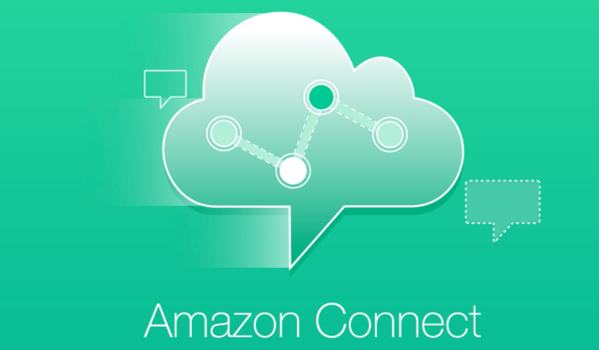
Archive | InBrief
What does Amazon Connect mean for the contact center?
What does Amazon Connect mean for the contact center?
Not only did it go from an online bookstore to one of the largest retailers in the world, but Amazon has now tapped contact centers. Amazon Web Services recently announced Amazon Connect- a simple and cost effective, cloud-based contact center technology that has left the contact center industry (and us) buzzing.
Amazon Connect is changing the traditional contact center setup. Follow us as we explore how Amazon Connect is targeting common challenges within this space:
Volume
The irregularity of incoming calls and messages is an ongoing challenge in contact centers. During periods of high volume, contact centers will staff up certain days and times and reduce staff or allocate staff to different tasks when call volume is low.
By allowing Amazon Connect users to scale up or down based on usage targets, the irregular call volume and seasonality shifts that are a key challenge to contact centers.
Design
One of the most easily overlooked parts of a contact center is technology design. At the basic telephony level, technology design within a contact center includes IVR configuration and call routing. A well-designed IVR flow and supporting call scripts are important for a customer as they navigate through an IVR system.
Amazon Connect allows users to integrate with Amazon Lex to interpret customer speech instead of navigating through menus. Amazon also uses advanced technology to allow users to quickly and easily customize call flows using drag and drop features.
Metrics
Metrics can be another challenging area within contact centers. Often, our clients have specific KPI targets such as hold time, talk time, and number of transfers. Pulling reports on these metrics tends to be a timely task for teams.
Historical or real-time performance and metric reports can be generated in Amazon Connect by queues, agents, and routing profiles.These reports are also stored in the cloud for easy accessibility, viewing, and sharing.
Cost
Traditionally, contact centers come with a high price tag due to the facilities, technology, networking, and staff that comprise them. Pair that with real estate and you’ve got a hefty price tag.
Unlike others, Amazon Connect has a pay-as-you-go service and only charges for the minutes used on inbound or outbound calling. Not only is the pricing plan an enticing variable for contact centers, but the cloud-based technology also allows for virtual agents, which minimizes facility costs.
The goal for Amazon Connect is simple - allow contact centers of various sizes to get up and running. But is this truly a game changer for the contact center space? With the easy set-up and low start-up cost, we can see this being beneficial for smaller companies and basic contact center environments. Larger companies with a more complex contact center environment might find Amazon Connect to be less flexible for their needs. However, advanced small and midsize contact centers could be in a strong position to begin to plan and transition into cloud based solutions.
What do you think? Is cloud technology on the horizon for your company?

